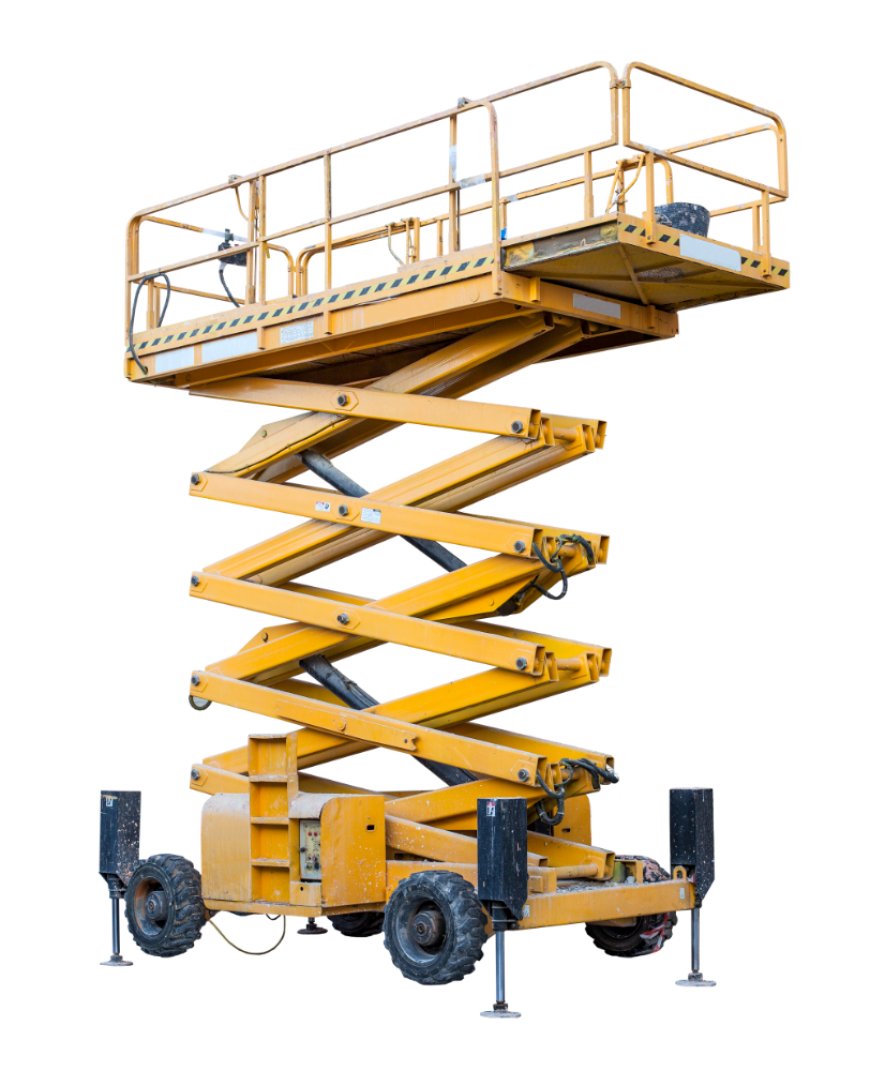Energy-Efficient Hydraulic Lift Systems and Their Benefits
Efficient hydraulic lift provide safe, reliable vertical movement solutions for industries, improving productivity and ensuring workplace safety.

In todays energy-conscious industrial landscape, the efficiency and sustainability of operational systems have become top priorities. From logistics centers and warehouses to manufacturing plants and maintenance facilities, companies are increasingly investing in equipment that not only delivers performance but also conserves resources. One critical piece of equipment that benefits immensely from energy-efficient innovation is thehydraulic lift.
Used across diverse sectorsfrom automotive servicing to heavy equipment handlinghydraulic lifts are prized for their strength, precision, and versatility. However, traditional hydraulic systems have often been associated with high energy consumption and operational inefficiencies. This has changed with the emergence of energy-efficient hydraulic lift systems that promise to reduce power usage, cut operational costs, and align with modern sustainability goals.
Understanding Hydraulic Lifts and Their Role
A hydraulic lift is a mechanical device powered by fluid pressure to raise or lower heavy loads. It operates on the principle of Pascals Law: pressure exerted on a confined fluid is transmitted uniformly in all directions. This makes hydraulic lifts ideal for tasks that require heavy lifting with controlled movement, such as:
-
Vehicle maintenance
-
Material loading and unloading
-
Work positioning in assembly lines
-
High-rise cargo movement
Hydraulic lifts can be stationary (e.g., pit-mounted scissor lifts) or mobile (e.g., boom lifts or forklifts), depending on the application. Their ability to offer substantial lifting power in compact designs has made them indispensable in industries requiring ergonomic and efficient handling of heavy goods.
The Need for Energy-Efficient Lifting Systems
While hydraulics offer strength and durability, traditional lift systems are known for being power-hungryespecially during peak operation hours. The drive toward energy efficiency is not simply about cutting costs; its also about achieving environmental targets, complying with regulatory standards, and extending the lifespan of equipment.
Energy-efficient hydraulic lifts are designed to optimize power usage through:
-
Smart control systems
-
Regenerative hydraulic circuits
-
Variable-speed pumps
-
High-efficiency motors
-
Leak-resistant valves and seals
These innovations not only reduce electricity consumption but also ensure smoother operation, fewer mechanical stresses, and reduced downtime.
Key Benefits of Energy-Efficient Hydraulic Lifts
1. Lower Operating Costs
One of the most immediate advantages of using energy-efficient hydraulic lifts is reduced utility bills. High-efficiency pumps and motors consume less electricity without compromising on performance. Some systems even reclaim energy during lowering cycles, using regenerative circuits to power other components or recharge batteries.
2. Extended Equipment Lifespan
Efficient energy management reduces wear and tear on hydraulic components. By minimizing unnecessary heat generation and pressure fluctuations, energy-efficient systems help maintain fluid integrity and reduce the frequency of part replacements, such as seals, hoses, and filters.
3. Improved Environmental Impact
Reducing energy consumption directly contributes to a facilitys sustainability goals. It lowers the carbon footprint and supports compliance with green building certifications like LEED or local energy mandates. Using biodegradable hydraulic fluids in energy-efficient systems also decreases the risk of environmental contamination.
4. Enhanced Precision and Control
Modern energy-saving hydraulic lifts often incorporate advanced electronic controls. These allow operators to adjust lift speeds, pressure settings, and timing with greater accuracyimproving safety, reducing operator fatigue, and minimizing the risk of load damage.
5. Quieter Operation
Traditional hydraulic systems can be noisy due to constant pump operation. Energy-efficient systems use demand-based pumping, meaning the motor runs only when needed. This results in quieter operation, which is especially beneficial in noise-sensitive environments like hospitals, retail centers, and commercial buildings.
Where Efficiency Meets Safety
Efficiency does not mean compromising on safety. In fact, energy-efficient hydraulic lifts often come with upgraded safety features such as:
-
Load-holding valves to prevent sudden descent
-
Pressure-relief systems to avoid overloading
-
Emergency lowering functions
-
Smooth stop-start capabilities for controlled movement
These features are critical in applications where both equipment and operator safety are paramount. In logistics environments, combining lift systems with auxiliary equipment such as inflatable dock shelters further enhances operational safety and efficiency. For instance, Inkemas Inflatable Dock Shelters Enhance Loading Dock Efficiency by sealing gaps during loading/unloading, reducing energy loss and protecting goods from external elements.
Together, such solutions contribute to safer, more climate-controlled, and productivity-boosting workspaces.
Smart Integration and Automation
The rise of Industry 4.0 has opened new possibilities for hydraulic lift systems. Many energy-efficient models now integrate with warehouse management systems (WMS), building management systems (BMS), and programmable logic controllers (PLC). This connectivity enables features like:
-
Predictive maintenance through real-time performance data
-
Automated load balancing during peak hours
-
Remote operation and diagnostics
-
Usage analytics for performance optimization
By combining mechanical strength with digital intelligence, these lifts become integral to smart, connected, and agile industrial environments.
Conclusion
As industries aim to reduce operating costs and environmental impact without sacrificing performance, energy-efficient hydraulic lift systems have emerged as a strategic investment. These systems offer a winning combination of power, precision, and sustainabilitydelivering tangible benefits in daily operations and long-term outcomes.
Whether deployed in a busy warehouse or an automotive facility, energy-saving hydraulic lifts are reshaping the standards of material handling, making operations not just smoother, but smarter. In the long run, theyre not just lifting loadstheyre elevating efficiency.





























